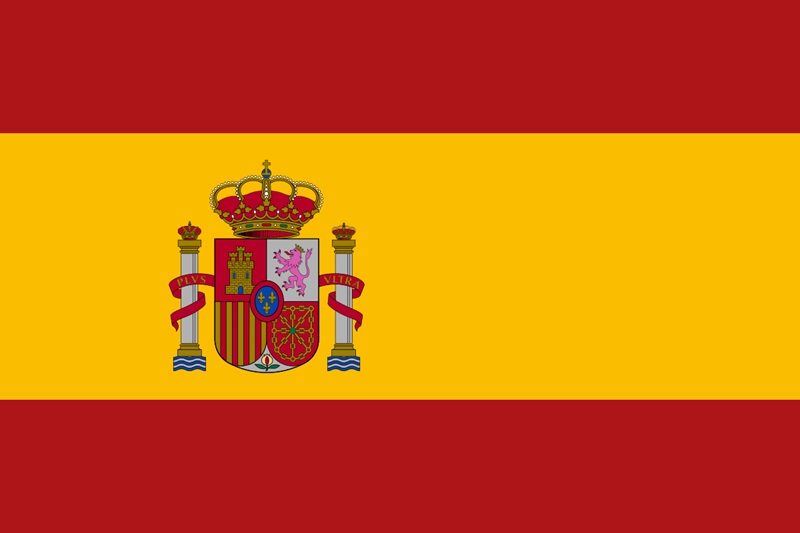Unlocking Your Heritage – How to Access and Interpret Spanish Ancestry Records

Tracing your Spanish ancestors can be intimidating. The language barrier, decentralized records and lagging digitization create challenges.
Before you begin research, familiarize yourself with common naming conventions and translation resources. A Word List and letter-writing guides are good places to start. Also, read up on the region’s geography you plan to search.
Birth Records
Tracing your Hispanic ancestry often leads to Spain, Mexico, Central America, South America, the Caribbean, or other locations where Spanish colonial records have survived. These records can be among the most valuable in your search.
Unlike many other genealogical records, usually indexed and available online, many Spanish documents require reading and understanding old handwriting and notation systems. Fortunately, many resources can help you learn these basics. A free tool for tracing foreign language genealogies and published language dictionaries can provide a great starting point.
Generally, a search for Spanish birth records should begin in church archives. Before modern civil registration began (in Spain in 1869 and Mexico in 1859), church baptismal, marriage, and burial records could provide vital information, including birth date, parents’ names, siblings and godparents, and the event’s location. Eventually, these records were centralized per diocese, but they can still be valuable for researchers today.
As individuals trace their Spanish roots and unravel the complexities of their family history, delving into Spanish ancestry records becomes an essential step, offering a wealth of information to connect with the past and discover the rich tapestry of their heritage.
Another place to start is with district notarial records (protocols). These can contain a lifetime’s worth of legal events, such as notarized wills, property transfers and sales, inheritance tax receipts, marriage contracts, apprenticeships, etc. Some protocols are in archives; others have been filmed at the FHL.
Marriage Records
Tracing family tree roots in Spain and its colonies can be challenging due to language barriers, decentralized records and lagging digitization. Many researchers rely on sacramental records for key information about their ancestors, including their birth dates, parents and spouses. However, it’s important to remember that church records are often handwritten and difficult to read.
Fortunately, plenty of resources are available to help you decipher these documents and interpret their meaning. Many sites feature a Spanish Genealogical Word List, which provides the translations you need to understand better the terms used in vital records and newspaper articles.
In addition to this word list, you can rely on other online tools and subscription sites. These include free online videos and a guide to reading Spanish handwriting. Having these tools at your fingertips can help you better understand the sacramental records you come across, making it easier to connect them to the correct individuals and to find additional relevant information about them.
When using online tools, it’s important to save any documents that you wish to view later for reference. This can be done by clicking the green ‘Save to Your Computer’ button on the record’s landing page. However, it’s important to note that these saved files will only be accessible if you maintain an active membership. Therefore, creating a folder on your computer for these files and naming them something you will recognize is a good idea.
Death Records
When researching ancestors in Spanish-speaking countries, look beyond civil registry births, marriages, and deaths (nacimientos, matrimonies, and defunct ones). Also, search for notarial records such as succession, inheritance, and land transfers.
These legal documents can reveal valuable clues about your ancestor’s family history. For example, a causa de muerte might list a witness or denunciant who could help you locate living relatives or identify an ancestor’s siblings and children. In addition, death records often list relatives by relationships, such as hermano or brother, cunado or sister-in-law, yerno or son-in-law, and sugar or father-in-law.
Catholic church records are another invaluable source of genealogical information. Before modern civil registration began in Spain and Mexico, priests kept sacramental records of baptisms, confirmations, pre-marriage investigations and marriages. These records can provide many details, including parents’ names and other relatives listed as godparents. Some records even indicate a child’s race or ethnicity—blanca/o = white; mestiza/o = mixed (Spanish and Native American); criollos or mestizos of diverse races and ethnicities; negra/o, black; triquena/o or trigueo = brown.
Once you’ve conquered vital records, a researcher can explore specialized and lesser-known resources such as fraternal organization records (particularly Portuguese), newspapers and obituaries, and local histories. Other useful sources include passport applications, SS-5 forms (Social Security Applications), and, after 1940, naturalization paperwork. Using these lesser-known resources can lead to elusive discoveries like your ancestor’s true surname and place of birth.
Burial Records
With celebrations occurring, many family historians are inspired to tackle their Hispanic genealogy. Tracing Hispanic heritage can be challenging due to the language barrier and lagging digitization of records. However, with a little research preparation and strategic planning, it is possible to overcome these obstacles.
The first step is to identify your ancestor’s city of origin. This can be accomplished by searching US citizenship and immigration papers such as passport applications, naturalization paperwork or SS-5s (Social Security Applications).
Once you have the city of origin in mind, it is important to know which diocese kept your ancestor’s church records. This information will help you determine where to search for their civil registry records.
Church records are a crucial source of information for Hispanic ancestry research, especially in Spain and Mexico. These records include baptisms, confirmations, pre-marriage investigations, and marriage and death information. The Catholic church was the primary record keeper in these areas until civil registration began in 1869 in Spain and 1859 in Mexico.
Another crucial aspect of Hispanic genealogy is notarial records. These records include notarized documents such as wills, guardianships, dowries and agreements or settlements. Sometimes, these records contain vital information, such as the town of origin. These records are a great supplement to church and civil registry records, but they have not been indexed as extensively as the other sources.